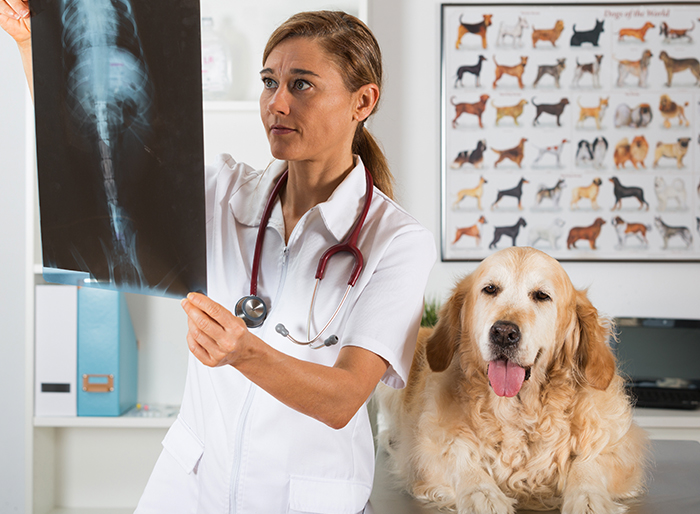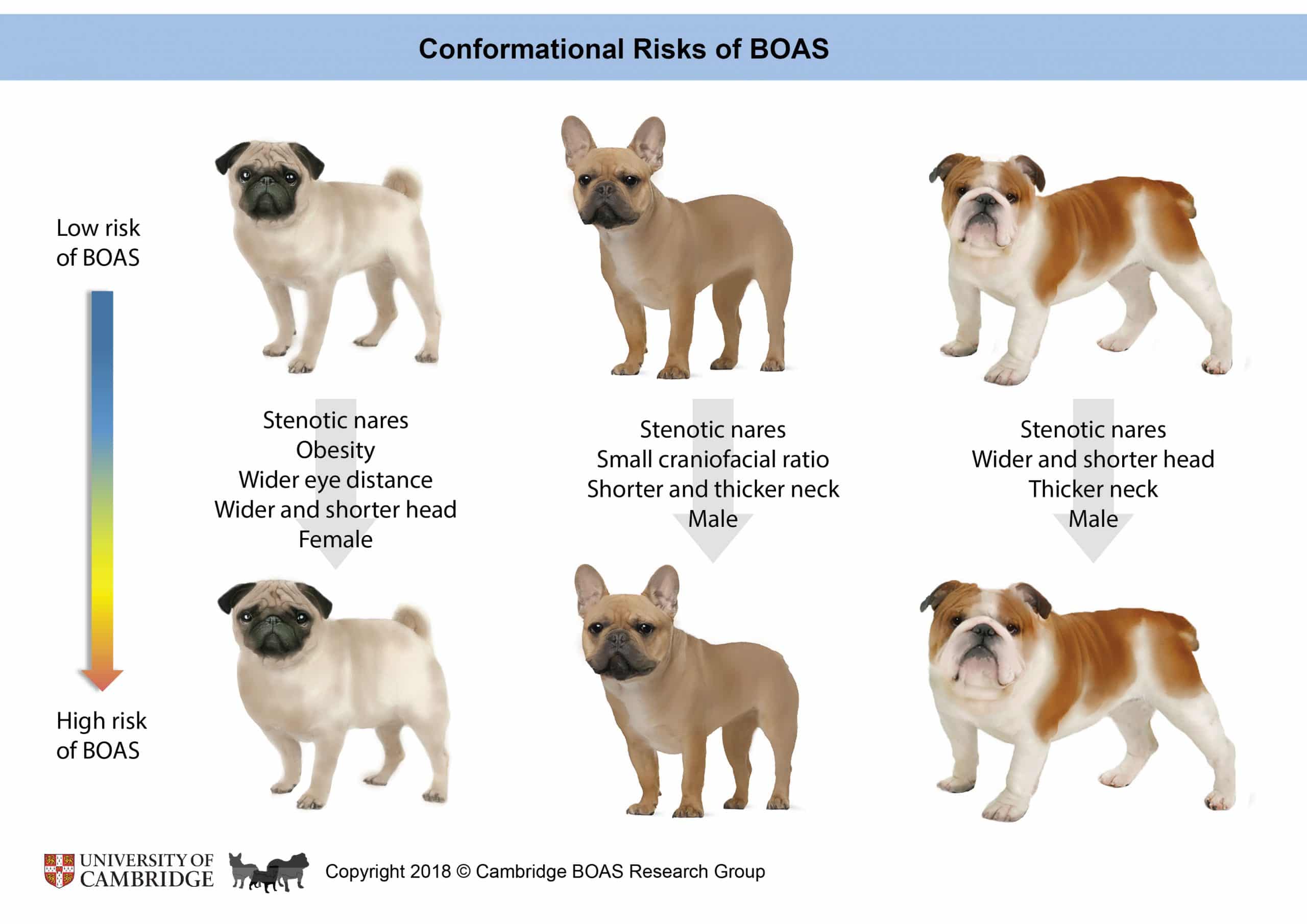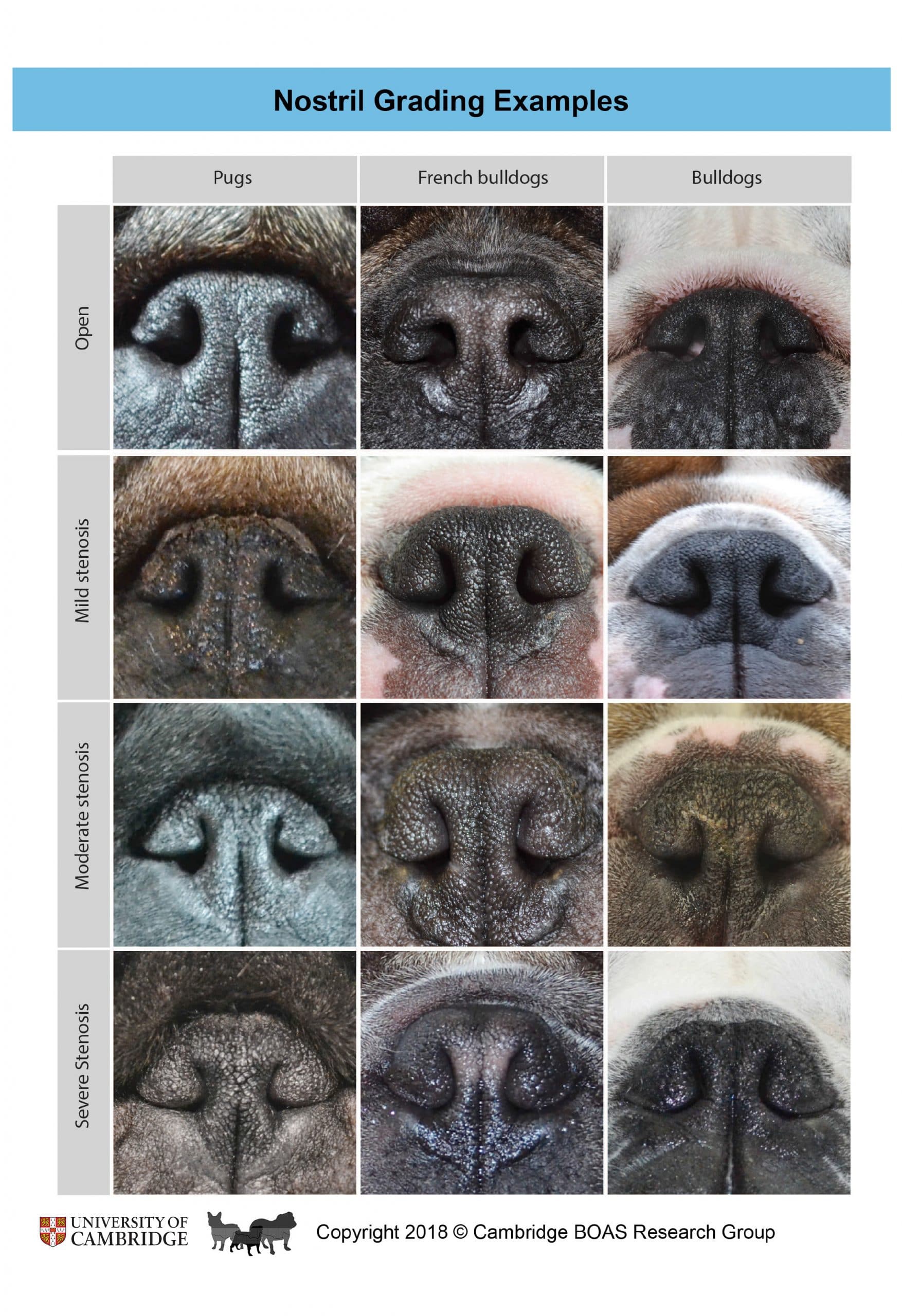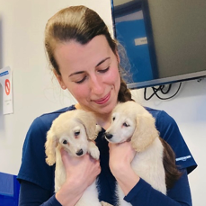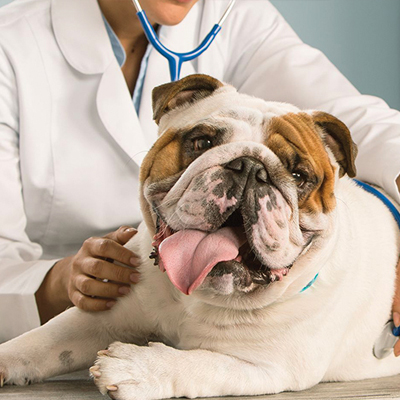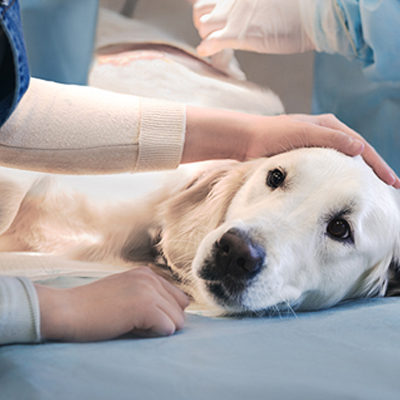Does your pet need an X-Ray?
If your pet needs an X-Ray, ultrasound or heart scan they will be able to use our top of the range equipment ensuring fantastic quality images to aid in getting a quick diagnoses.
Radiography is an important part of diagnostic imaging in veterinary medicine. Our radiology service caters for all of your small animal friends. X-ray images allow our team to examine your pet for injury or disease. Not only used for bones, radiographs can provide examination of the heart, lungs, and abdominal organs.
- Orthopaedic; lameness, fractures or deformities
- Assessing the abdomen; bloat, pain, vomiting or diarrhoea
- Viewing tumours, cysts or stones
- Diagnosing dental problems, such as abscesses and fractures
- Viewing/ diagnosing conditions that effect vital organs such as; heart, lungs or liver
We can also use the ultrasound scan to check if a dog or cat is pregnant, we can perform the scan during a normal consultation. Generally speaking, ultrasound is the best, way to evaluate fluid-filled and soft tissue organs in pets, this is non-invasive and is not painful. This means we can complete the scan without the need to give anaesthetic, however some very anxious pets may need a light sedative.
Common symptoms that may cause a veterinary to use ultrasound include:
- Vomiting
- Weight loss
- Kidney Impairment or Blockage
- Heart Disease
- Pregnancy Scanning
- Suspected Pyometra
Book Pet Radiography & Diagnostic Imaging at Local Vets
We offer X-rays and submissions under BVA Hip and Elbow Dysplasia Scheme.
The Hip and Elbow Dysplasia Scheme was established by BVA and the Kennel Club in 1965 to reduce the incidence and severity of the condition. Hip dysplasia can have serious effects on the health, behaviour and welfare of dogs. The scheme uses X-rays to screen for signs of abnormalities (irregular or poorly shaped hip joints) caused by hip dysplasia. X-rays are reviewed and scored by BVA-appointed expert veterinary surgeons.
Signs of hip dysplasia in dogs vary between individuals and breeds. Some visible signs include:
Lameness (being unable to walk correctly)
Stiffness after rest
A reluctance to exercise
Groaning while resting or getting up
Difficulty in using the stairs
A vet’s physical examination will provide a more reliable assessment of whether hip dysplasia is present and an X-ray is the only definitive way of diagnosing hip dysplasia.
It is possible to ease some of the signs of pain and limitation of movement caused by hip dysplasia. There are a variety of medications and surgical procedures that can be considered. Applied heat, massage, good bedding, exercise and weight management as well as nutrition and physiotherapy also play a part in caring for a dog affected by hip dysplasia.
Signs of elbow dysplasia in dogs vary between individuals and breeds. Some visible signs include:
Decreased range of motion
Limping
Unwilling to exercise
Unusual movement after rest or exercise
Groaning while resting or getting up
Signs of pain when moving the elbow
A vet’s physical examination will provide a more reliable assessment and radiography is the only way of determining whether a dog has elbow dysplasia.
Treatment methods vary depending on the nature and severity of the problem. Non-surgical treatment can involve weight restriction and exercise control. Drugs may be used to relieve pain and inflammation. In some dogs, surgery and/or physiotherapy may be advised.
What are the Requirements for BVA scoring?
Before having your dog screened for elbow dysplasia, please make sure you can meet the following requirements:
The dog must be at least 1 year old.
The dog must be permanently and uniquely identified by way of a microchip.
If applicable, the dog’s Kennel Club registration certificate and any related transfer certificates must be available so that the appropriate details can be printed on the X-rays.
A new screening scheme aims to provide breeders of French Bulldogs, Pugs and Bulldogs with more information about the health of their dogs, helping them reduce the risk of breeding puppies with potentially serious breathing problems.
Developed by the University of Cambridge and funded by the Kennel Club Charitable Trust, the new Respiratory Function Grading Scheme assesses dogs for the presence and severity of a breathing problem known as BOAS (Brachycephalic Obstructive Airway Syndrome). The scheme is currently available for the Pug, French Bulldog and Bulldog, and has the potential to improve the health and welfare of these breeds for generations to come.
Dogs with a flat, wide shaped head are said to be brachycephalic (‘brachy’ meaning short, and ‘cephalic’, meaning head). The soft tissue in the nose and throat of some brachycephalic dogs may be excessive for the airways, partially obstructing the airway and making it difficult for them to breathe normally and causing heavy panting or noisy breathing. This condition is known as BOAS and is a progressive disorder that can impair a dog’s ability to exercise, play, eat and sleep.
The assessment, which can now be carried out by our specially trained assessors Rumen involves listening to the dog’s airway both before and after an exercise tolerance test. Assessors then use a pre-defined protocol to grade the dog from zero to three. Dogs graded as zero are free of respiratory signs of BOAS, while dogs graded as three will show severe respiratory signs of BOAS, indicating that further veterinary examination is advised.


